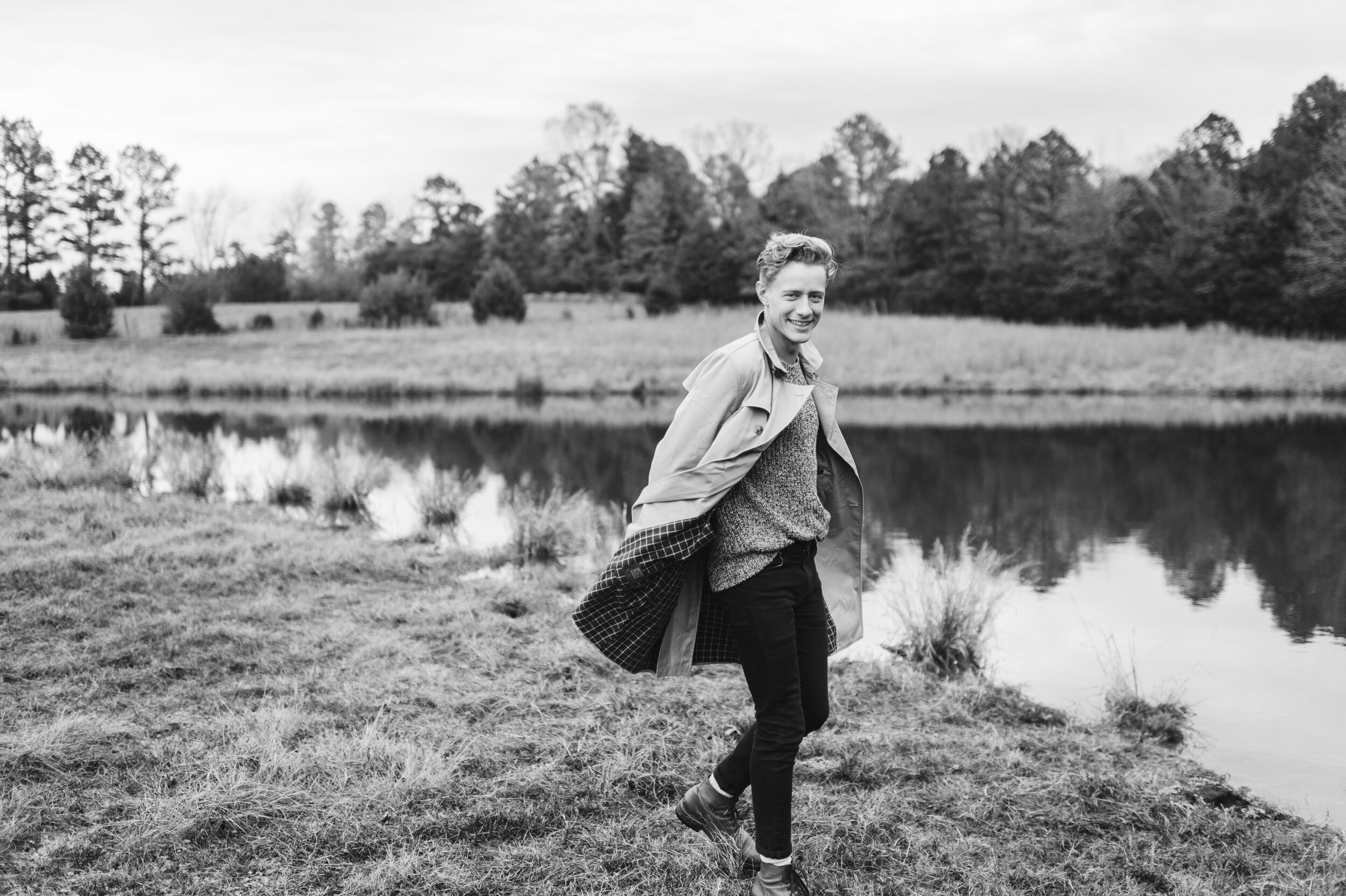Upon the first impression, most people wouldn’t think that I grew up climbing around in a hay barn. Most people are surprised, in fact, to learn that I grew up on a farm in rural Arkansas. As I’ve grown and moved out into the world, this tidbit of personal trivia has become quite the talking point with new acquaintances and even old friends who never knew this about me. I’m always caught a little off guard because I’m not sure if it’s the farm part or the Arkansas part that people are intrigued by but nonetheless, I’ve expended a great deal of air describing the setting of my upbringing. While at one time (in my adolescence) I resented this place, over the past few years, especially when I moved away to Europe and New York City, I started to gain a newfound appreciation for this magical slice of earth and what it has meant to me in different seasons of my life.
I’ve spoken of this 80-acre plot of land we call The Farm many times, but at this present moment, I’m at a loss for where to begin as I write this. I think because it has played a huge part throughout my whole life I have a hard time separating and reflecting on just the place. It’s a feat to concise down into essence a place that has intertwined itself into every chapter of your life. But here’s to trying.
The Farm has grown and morphed and communicated with me in different ways through my different stages of growth. It’s a place that has been exactly what I needed it to be for that specific moment in time, whether I realized it or not, often manifesting itself in the form of inner (and outwardly spoken) dialogue with myself. Basically what I’m trying to say is I often talk to myself in order to express what I’m feeling and The Farm has often been equally the recipient and catalyst of these musings. From a crestfallen, misunderstood little kid to a grown, self-aware adult (and not to mention the awkward teenage years in between), this place has seen me and felt me and, though I didn’t realize in the moment, has helped ground me as the turmoil of life swirls around me. It’s been the setting of something a bit like a progressive daydream, of sorts.
This place is about 15 minutes outside of town, too far to have many after-school friends. For many years — basically until I got to junior high school and got really into video games (which is another saga in and of itself), The Farm was my playground. The creek was my counselor, the trees my confidants, the sky an endless vessel of my imagination. Out in the pastures and just around the curve in the trail, out of sight from the house, my imagination ran wild. Entire civilizations were created, epic sagas told, wars fought and won against the evils of the forest. Each story I invented in my mind gradually led to another different, more fantastical tale. The Sprites in the Trees, the Nymphs of the Pond, the Demons of the Woods, the Elves of the Creek. They all kept a little boy company and fostered his inner voice as he dreamed of greater things. I knew from fairly early on that I was not like other kids my age. Maybe the pantheon of my imagination helped me realize that. Or maybe it was the weight of life I was required to bear so early on. Regardless, these fields and forests helped me.
After my mom died, so did the stories. The creek wasn’t quite as magical and neither was the grass as soft. The blanketed pastures of wildflowers no longer mesmerized, nor were the cedar trees as fragrant. It’s as if the whole land was in mourning at my unimaginable loss. Everything was muted. Everything was in perpetual twilight. Nature also understands the woes of living and growing and losing all too well, it seems.
As I grew into adolescence, my anxieties matured and the twilight lingered, too. Like an old friend, sharing the silence with The Farm was enough. Like an old friend, simply being present in this place was the comfort that I needed. The constant white noise from the creek soothed me. The gentle brush from the tall grass gave me comfort. The branches, an embrace. But I eventually grew older still and moved away from The Farm and, unintentionally, stopped seeking its counsel. I no longer spoke to the trees or laid my sorrows bare to the fields. And with time my grief eventually subsided to a dull ache that I grew accustomed to. It wasn’t until much later that I realized I had become numb to much of the beauty the world has to offer. And it wouldn’t be until quite recently, actually, that I would rediscover this magical corner of the world that was once the landscape for my imagination.
Over the years I have learned to cope with and process my grief. But I forgot the place that helped me in the early stages of that process. The past ten or so months have been some of the hardest I have ever had to live through: the loss of a job and sense of purpose, leaving the city that made me feel whole, isolation from friends who give me joy, constant and compounding uncertainty. As I fled New York City for the simplicity of Arkansas, I watched the path I had created shatter and crumble beneath my feet. I began free-falling, spiraling. When I eventually hit rock bottom, I opened my eyes and realized I had landed at my family’s home on The Farm. I was in shock and disbelief that I had regressed back to this place. I was angry that I had worked so hard to be able to exercise independence only to find myself mourning another shattered life in the same place as before. But eventually, as the dust began to settle around the rubble of broken dreams, I realized I’d been here before. Not this physical place but rather the emotional pace. I saw in my mind’s eye a little 13-year-old me trying to repair a broken heart. But on second glance, I couldn’t quite tell if it was a past me or a reflection. Then, with the sudden confidence and resolve that you feel when doing something for a second time, I stood up and followed this specter of my old self out into the field and over the hill and decided to dream anew.
So much of what I’m feeling right now in this season of life I’ve felt before. I don’t pretend to know all the answers, I am still very much a work in progress. I do know this, however: sometimes you have to come back to where it all started to learn how to begin again. Sometimes you have to go back to where it all started in order to make new dreams. Sometimes you just have to stand up and keep moving even though it seems impossible. And sometimes you have to let yourself, even for just a moment, be carried away into the imagination of your past self, into new worlds, to realize you can do it because you’ve done it before.































